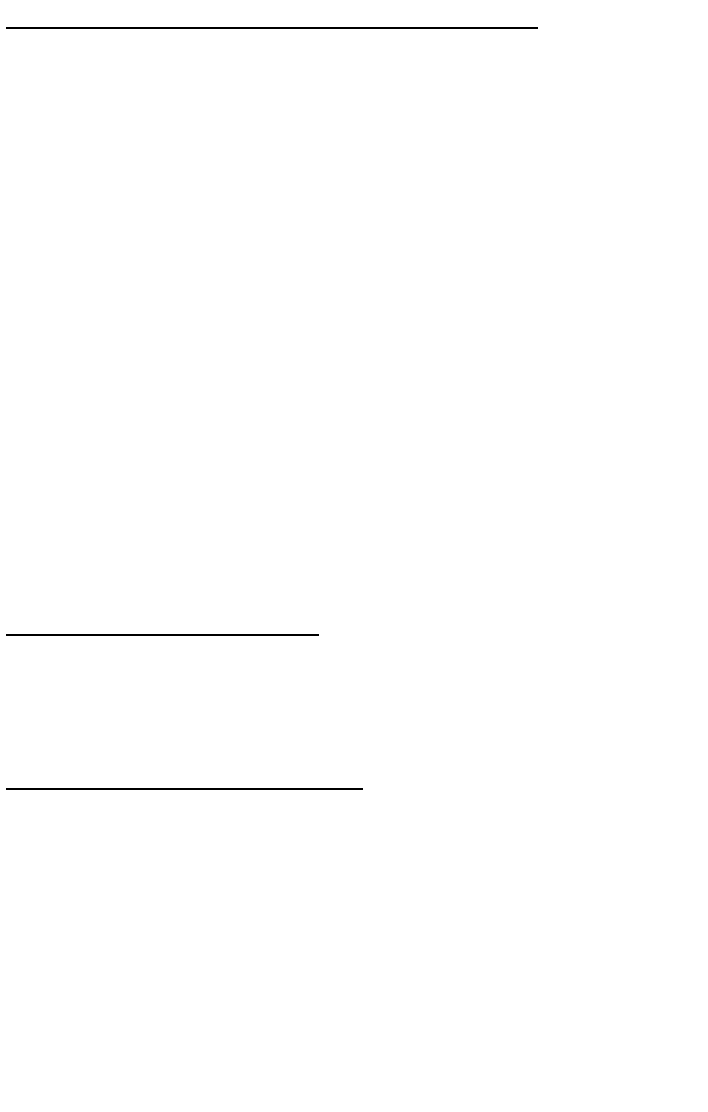
HR40 • 20
GENERAL NOTES FOR EXPERIENCED QRP BUILDERS:
We at Ramsey Electronics deliberately designed the HR-series of DC
receivers to be easily available, affordable and buildable by any person willing
to follow the assembly directions. To achieve this goal, the current models,
with direct coupling of the SA602 to the LM386 operating with a gain figure of
50, use an amazing minimum of parts. If you know what you are doing with DC
receiver design, we encourage you to use our HR-series for reliable building
blocks for achieving maximum performance for you own application. If a good
idea does not work as expected, you can easily restore your Ramsey receiver
to its original circuit configuration.
Our job has been to keep in stock for immediate delivery a good basic design,
a quality PC board with plenty of work room, useful front panel controls,
correct and adjustable inductors, workable varactor tuning and the popular
SA602. We know these receivers WORK, as specified, and that the ONLY
reason any HR-receiver will not work after the 1-2 hours needed for assembly
is if we packed the wrong parts or you put them in wrong. Once you are sure
the receiver performs as specified, there is a lot you can do to coax maximum
performance from the basic circuit.
For instance, if you choose a DC power source other than the 9-volt battery,
the space allowed for the battery offers plenty of room for a top mounted
perfboard or PC-board for preamp stages and or any sort of passive or active
audio filter that suits your needs. Keep your work neat with short leads so as
not to introduce broadcast station overload.
ALTERNATE POWER SOURCES:
Most of the HR40 circuitry can be operated from 6 to 14 volts without damage
or significant modification. However, it is quite important that you carefully
hook up with the correct polarity; reverse polarity or excessive voltages WILL
damage your kit.
BANDSPREAD AND TUNING RANGE:
The easiest way to enjoy finer tuning , if you plan to use your receiver only for
checking your favorite segment of the band, is to adjust the oscillator coil so
that your desired segment falls within the second half of the rotation range of
the tuning control. The first half of the rotation range covers about 70% of the
actual tuning in KHz, while the other 30% is spread over the other half of the
rotation range. If your interest is in monitoring SSB, the normal alignment will
work fine. For optimum CW only listening, set the lower band edge with the
tuning control in the 12:00 position of its range.


















